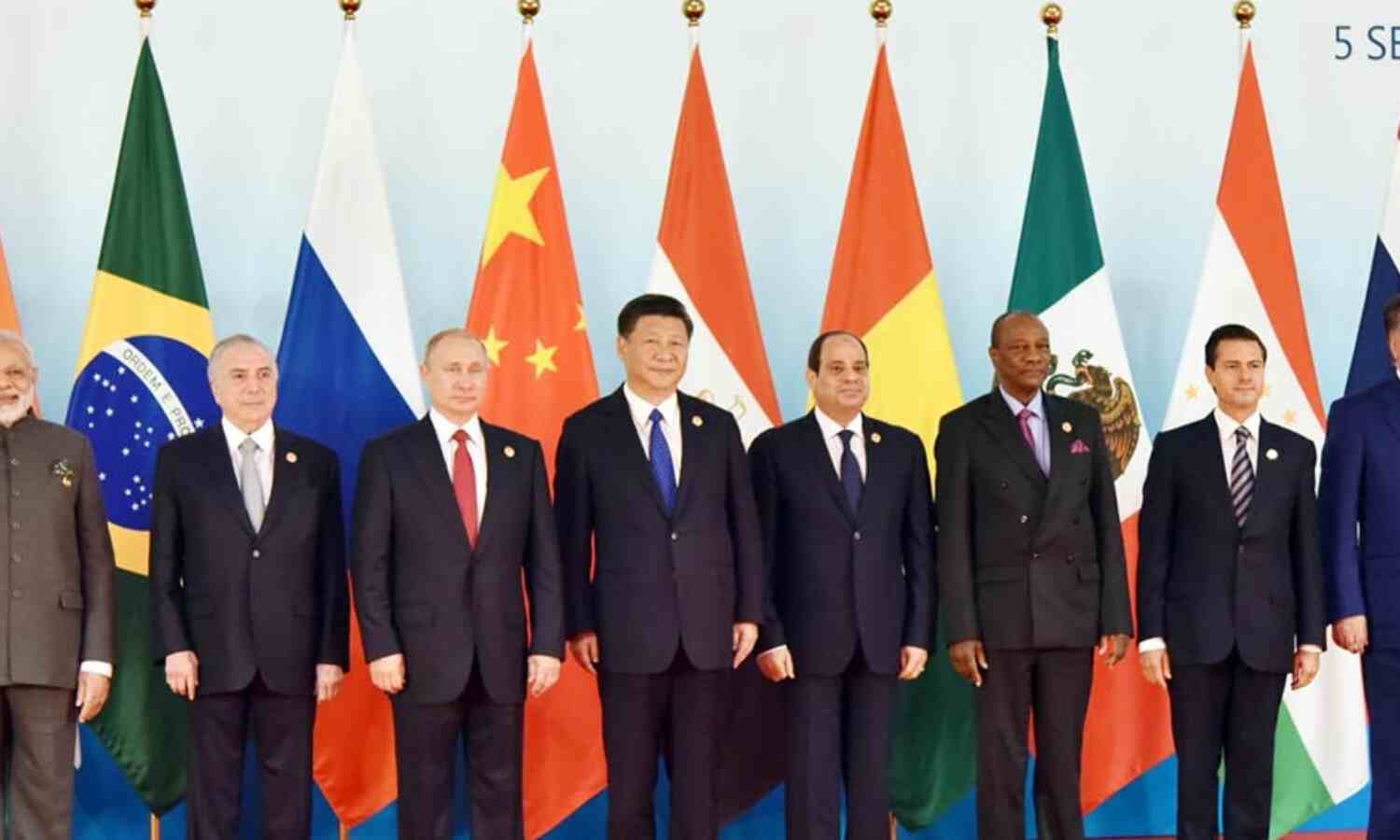As World Became Less Connected, India Fell 16 Spots On Globalisation Index Over 11 Years
As flows of trade and people fell the world over since the 2008 global financial crash, India dropped 16 spots to 78 from 62 among 140 countries in 11 years to 2015 on a globalisation index brought out by international logistics company DHL.
The Global Connectedness Index 2016, the fourth since it was first released in 2011, prepared by Pankaj Ghemawat and Steven A. Altman (both teach management at New York University Stern School of Business, US), was released on November 15, 2016.
Measured by international flows of trade, capital, information and people, the index ranked India poorly among a group of comparable countries that included its neighbours in central and south Asia, and BRICS members (Brazil, Russia, China and South Africa). The authors slotted India in the central and south Asia group along with Georgia, Turkey, Nepal, Pakistan, Armenia, Uzbekistan, Kazakhstan, Bangladesh, Azerbaijan, Kyrgyz Republic and Sri Lanka.
India’s 16-place drop over 11 years to 2015 was the second-worst change among these 16 countries. Georgia fared the best by moving up 43 spots to 56 from 99 between 2005 and 2015, while Sri Lanka was the worst, dropping 19 spots to 86 from 67.
Source: DHL Global Connectedness Index 2005-15
The index measures the parameters on depth and breadth. Depth evaluates the extent to which countries’ international flows are distributed globally or more narrowly focused, while breadth compares countries’ international flows to the sizes of their domestic economies.
India ranked 133 on depth and 21 on breadth among 140 countries in 2015.
Helped by its unchanged rank of 133 among 140 countries on depth in the 11 years to 2015, India ranked fifth on depth by change in rank between 2005 and 2015. Due to its six-rank drop on breadth from 15 in 2005, it ranked 12th by change in rank among the 16 comparable countries.
Source: DHL Global Connectedness Index 2016; Note: Depth evaluates the extent to which countries’ international flows are distributed globally or more narrowly focused
Source: DHL Global Connectedness Index 2016; Note: Breadth compares countries’ international flows to the sizes of their domestic economies
Trade flows are measured by exports as a share of a country’s gross domestic product, capital by foreign direct investment as a share of a country’s gross fixed capital and international stock market investment, information by international connectivity and people by share of international tourists and university students and migrants as a share of population.
On the four components, India dropped 13 places to 59 in 2015 from 46 in 2013 among 140 countries on trade, five places to 60 from 55 among 72 countries on capital, three places to 45 from 42 among 85 countries on information and one position to 80 from 81 among 102 countries on people.
(Vivek is an analyst with IndiaSpend.)
We welcome feedback. Please write to respond@indiaspend.org. We reserve the right to edit responses for language and grammar.




